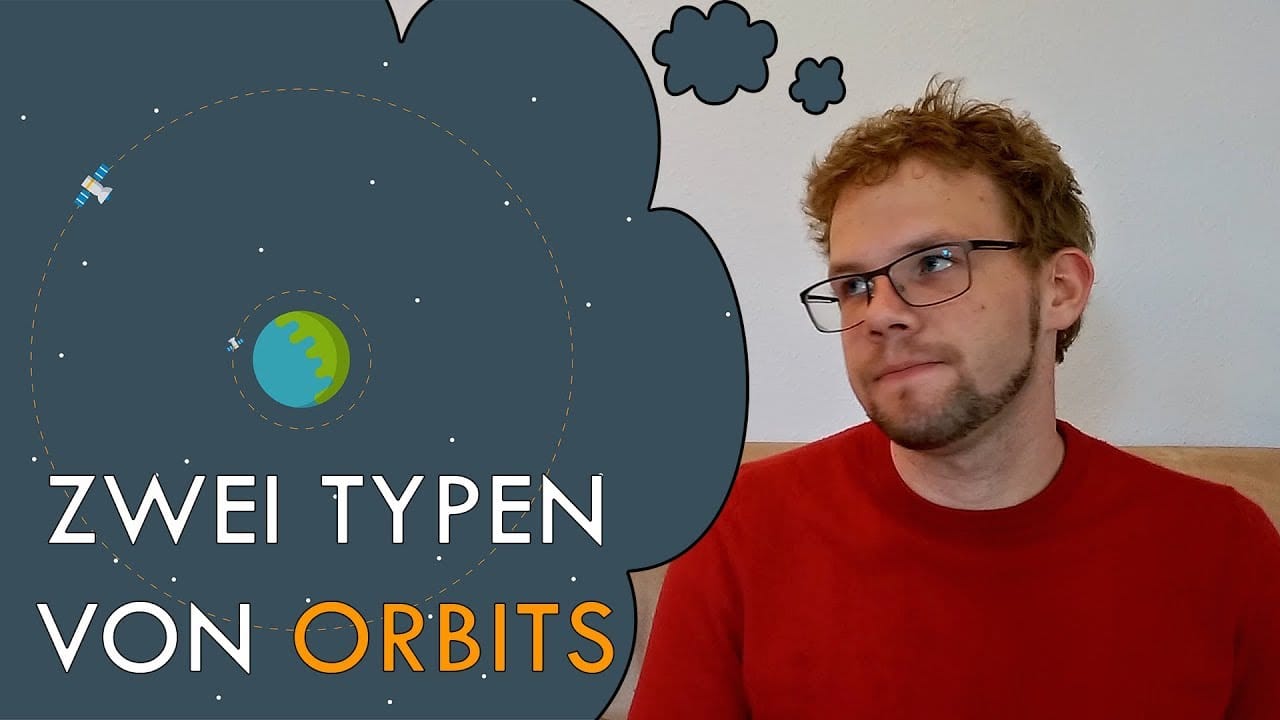Over recent weeks, scientists have revised upward the likelihood of asteroid 2024 YR4 hitting Earth on December 22, 2032. Initially discovered in 2024, the asteroid drew marginal concern due to its low probability of collision. However, the latest trajectory models reveal an incremental rise in impact chances, prompting renewed focus from leading space agencies like NASA, the European Space Agency (ESA), and independent observatories across the globe.
As of recent calculations, the asteroid’s collision probability stands at slightly above 2%. While such figures may still seem insignificant, they underscore the inherent challenges of tracking and modeling near-Earth objects (NEOs). A modest shift in orbital parameters, often caused by gravitational interactions or the subtle Yarkovsky effect—a force acting on an asteroid due to uneven thermal radiation—can produce notable changes in its predicted trajectory.
Asteroid 2024 YR4 is estimated to measure between 40 and 100 meters in diameter. While this makes it far smaller than the 10-kilometer-wide asteroid that likely wiped out the dinosaurs 66 million years ago, its collision would not be inconsequential. Scientists estimate that the energy release upon impact could rival the 1908 Tunguska Event over Siberia, which flattened 2,150 square kilometers of forest, given a suitable atmospheric entry and impact location.
Agencies and planetary defense advocates are treating this development as an opportunity to refine global readiness for potential asteroid threats. NASA’s Center for Near-Earth Object Studies (CNEOS), in collaboration with international groups like the International Asteroid Warning Network (IAWN), closely monitors these celestial hazards. Routine observations, radar imaging, and spectroscopic studies allow researchers to refine predictions, track movement, and even simulate mitigation scenarios—should intervention be required.
Planning and preparedness remain key priorities. The recently tested Double Asteroid Redirection Test (DART) mission in 2022 demonstrated humanity’s ability to deliberately alter an asteroid’s trajectory. Such research is invaluable in managing objects like YR4, should its collision probability rise significantly in the coming years. At present, however, efforts are concentrated on continued observation and orbit adjustment modeling.
Despite heightened odds, officials emphasize that a 2% chance still reflects a 98% likelihood that the asteroid will pass Earth harmlessly. Public concern should not translate into unnecessary alarm. Historical precedents highlight that even with seemingly higher threats—such as the 2013 Chelyabinsk meteor, which exploded in Earth’s atmosphere without advanced detection—most NEOs fail to cause widespread harm.
Public awareness surrounding planetary defense has grown in recent decades, fueled by media portrayals and academic discussions. Such events remind the global populace of the vast and often unpredictable nature of the cosmos.
Looking forward, experts advocate ongoing investment in asteroid detection infrastructures, deeper exploration of small-body physics, and more advanced contingency planning. The collaborative framework that integrates astronomy, engineering, and policy plays a fundamental role in ensuring Earth’s readiness for any potential encounters with celestial objects.
As observations continue, asteroid 2024 YR4’s interactions with its environment will yield further insights into its likely behavior. The coming years will feature critical observations, radar imaging campaigns, and possibly refined risk adjustments as the object’s approach becomes clearer.



